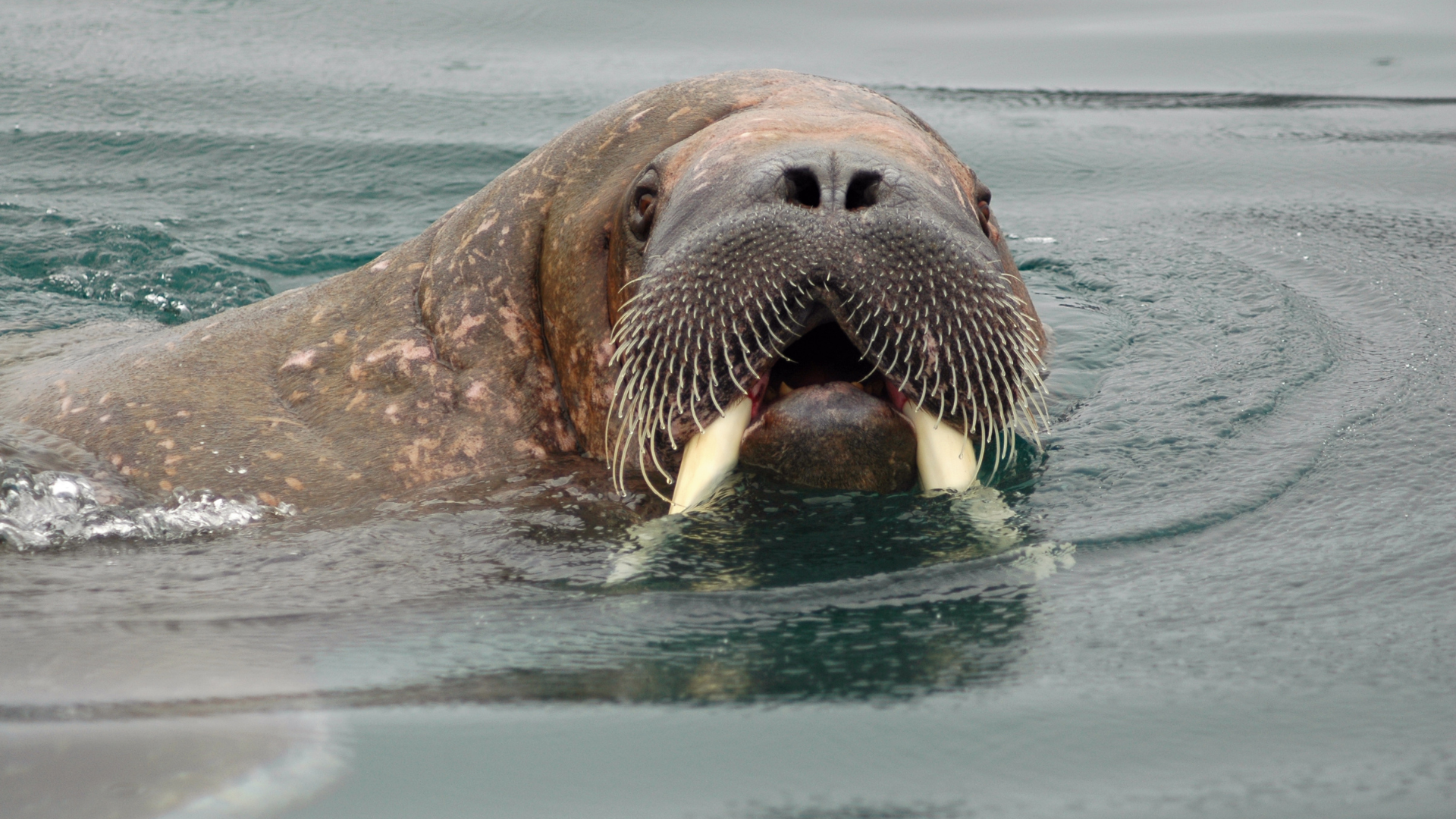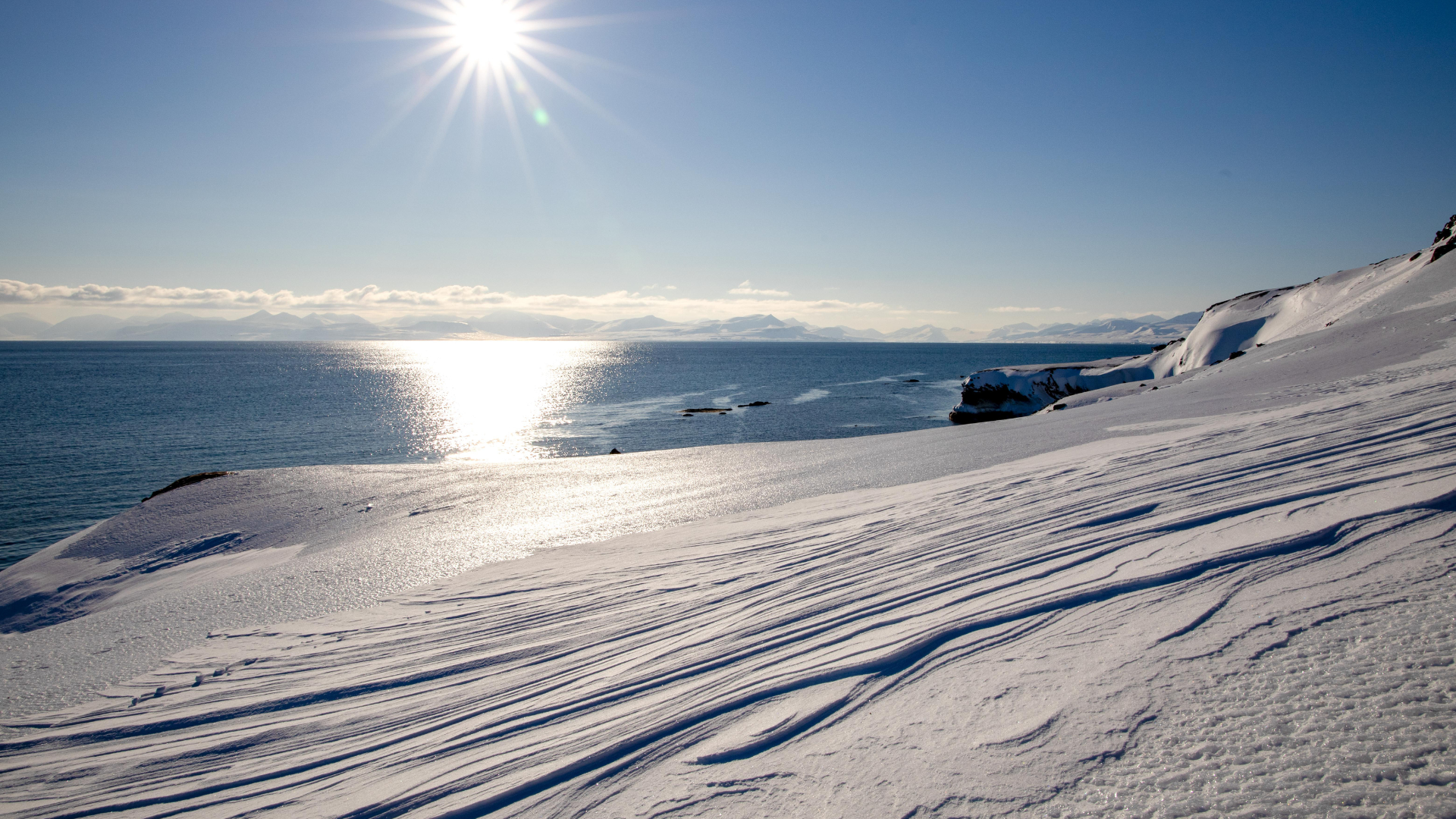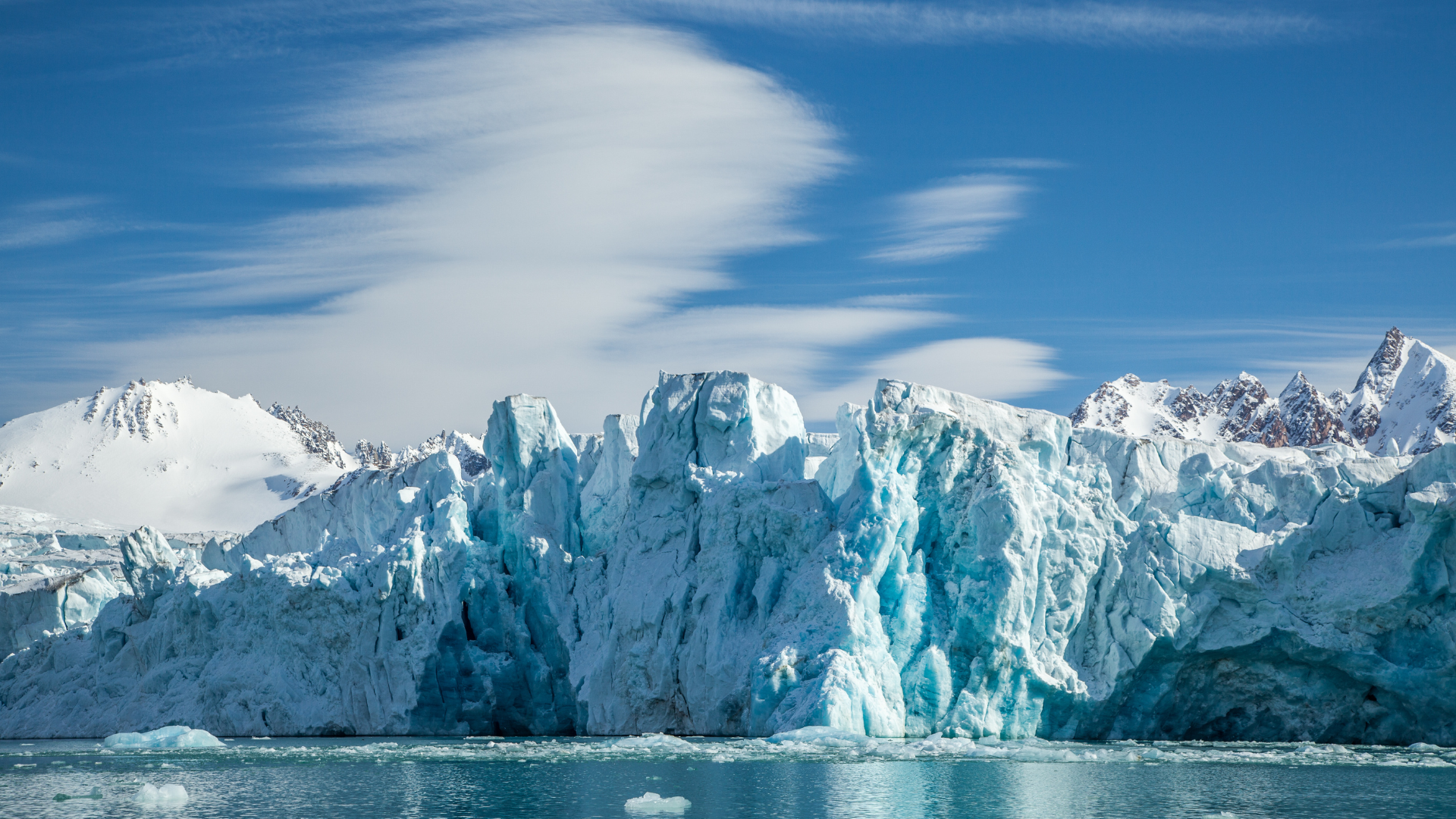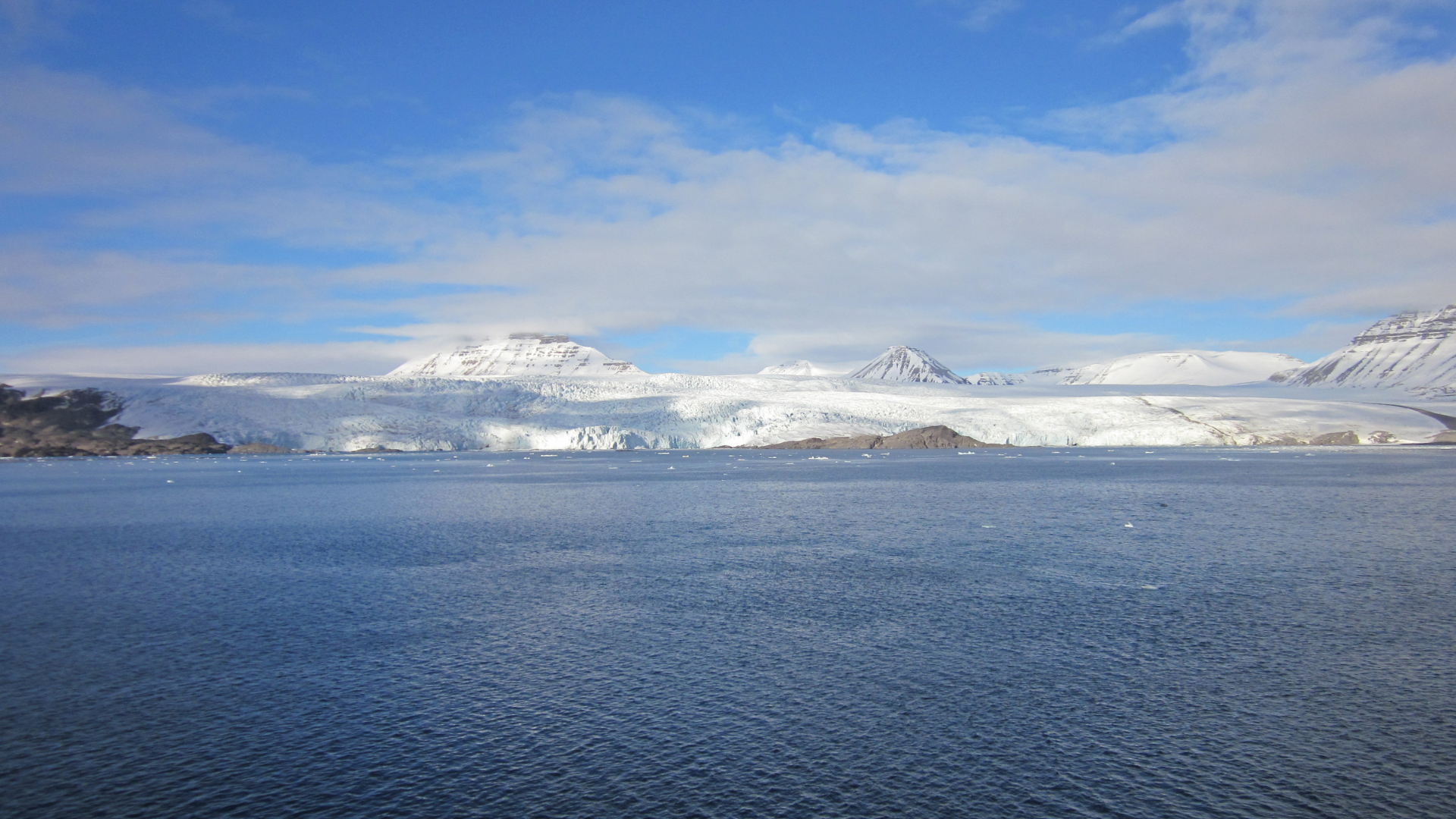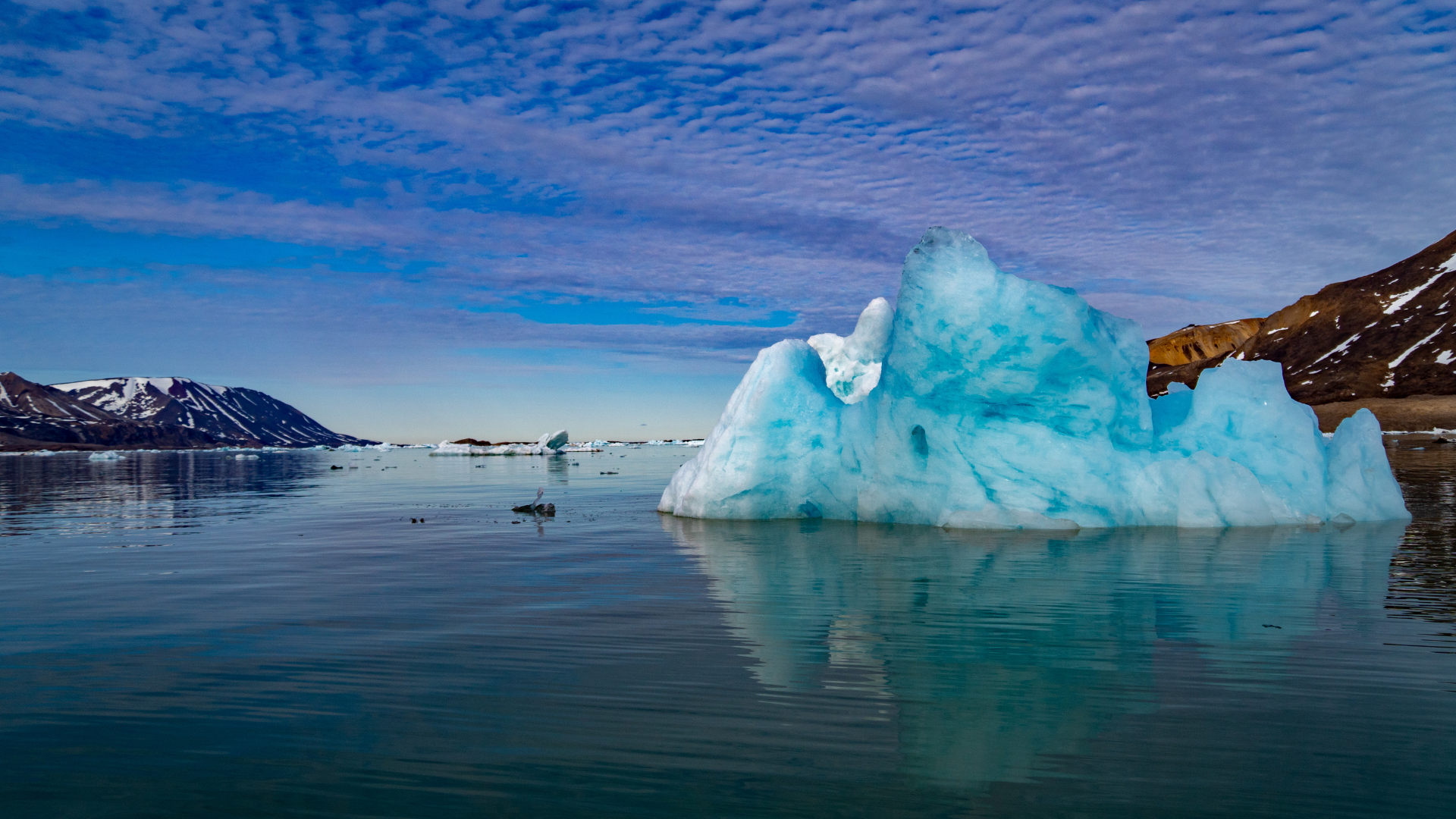It's Time To Explore Places That No One Has Been To
Spitsbergen Wildlife in May
Spitsbergen Wildlife in May

May in Spitsbergen marks a remarkable time for witnessing the reawakening of Arctic wildlife after the long, harsh winter. With temperatures gradually climbing and the midnight sun casting a constant glow over the landscape, animals emerge to roam the tundra, coastlines, and mountains. The extended daylight hours allow endless opportunities for exploration and wildlife observation, attracting travelers who are eager to experience the unique biodiversity of the High Arctic.
During this period, reindeer are frequently spotted on the tundra, grazing in preparation for the upcoming breeding season. These resilient creatures, specially adapted to survive Spitsbergen’s frigid climate, have thicker fur and shorter limbs than mainland reindeer. In May, they wander in small groups near Longyearbyen and across the islands, often seen grazing on the sparse vegetation that emerges as the snow melts. Observing these iconic animals in their natural habitat is a highlight for many visitors, especially as the midnight sun provides endless hours for sightings.
May also marks the return of migratory birds to Spitsbergen, making it a prime month for birdwatching. Cliffs and coastal areas come alive with the sights and sounds of various seabirds, including kittiwakes, puffins, and guillemots. These birds flock to the rocky cliffs to breed, forming vast colonies that are impressive to witness up close. Birdwatching tours provide a chance to observe these species in action, particularly as they build nests, court mates, and raise their chicks. Bird enthusiasts will find this time of year particularly rewarding, as the diversity and activity of Spitsbergen’s avian population reach their peak.
Along the fjords and coastal waters, walruses begin to appear in larger numbers. These social animals haul out on ice floes or gather along sandy beaches, where they rest and interact with each other. Walruses, with their distinctive tusks and wrinkled skin, are often seen basking in the sun or diving in search of food, primarily mollusks. Watching a walrus colony is a memorable experience, showcasing the social dynamics of these massive marine mammals as they play, rest, and communicate with each other. Guided boat tours offer safe and respectful ways to observe these animals without disturbing their natural behavior.
The Arctic fox, a year-round resident of Spitsbergen, also becomes more visible in May as it sheds its thick winter coat and starts venturing out to hunt for food. This small but resilient predator is well adapted to the cold, with fur that changes color to provide camouflage according to the season. In spring, Arctic foxes are often seen near bird colonies, where they prey on eggs and chicks. Their agility and adaptability make them fascinating to watch as they navigate Spitsbergen’s rugged terrain, using their keen senses to locate food and evade potential threats.
One of the most iconic species of Spitsbergen, the polar bear, is sometimes spotted along the coasts during May. With the receding sea ice, polar bears begin to move closer to shore, often in search of seals resting on ice floes. Although polar bears are elusive and sightings are rare, the possibility of encountering one of these magnificent creatures is a thrilling prospect for many visitors. Guided wildlife safaris prioritize safety while aiming to spot polar bears from a respectful distance, allowing travelers to witness the majesty of this apex predator in its natural habitat.
The cold Arctic waters around Spitsbergen also host a variety of marine life in May, as the seas start to teem with nutrients brought by ocean currents. This influx of nutrients attracts small fish, which in turn lure larger predators like seals. Harbor seals and bearded seals are the most common in these waters, often seen lounging on ice or diving for fish. Boat tours and kayaking excursions offer an immersive way to encounter these animals, often providing close-up views as they swim gracefully or rest along the shorelines.
In addition to the more commonly sighted species, May offers a chance to observe Spitsbergen’s smaller but equally fascinating creatures. The thawing tundra reveals signs of life in the form of insects like Arctic bumblebees and tiny flies, which play a critical role in the Arctic ecosystem by pollinating plants. While they may not be the primary attraction, these insects are vital to Spitsbergen’s delicate food web, supporting larger species that rely on vegetation and pollinated plants to survive. Observing these smaller creatures adds an extra layer of appreciation for the resilience and interconnectedness of Arctic life.
May in Spitsbergen offers a remarkable variety of wildlife experiences, with animals and birds emerging to take advantage of the warmer temperatures and abundant daylight. From grazing reindeer to nesting seabirds, social walrus colonies, and the ever-elusive polar bear, the wildlife of Spitsbergen thrives under the midnight sun. For travelers, this time of year is both exhilarating and peaceful, providing endless daylight to explore the diverse ecosystems and witness the beauty of life returning to the Arctic after winter’s long grasp.
Want to travel to Svalbard?
It’s easy, just leave your details here and we will contact you
Sign up to our newsletter
We will get back to you as soon as possible
Please try again later

